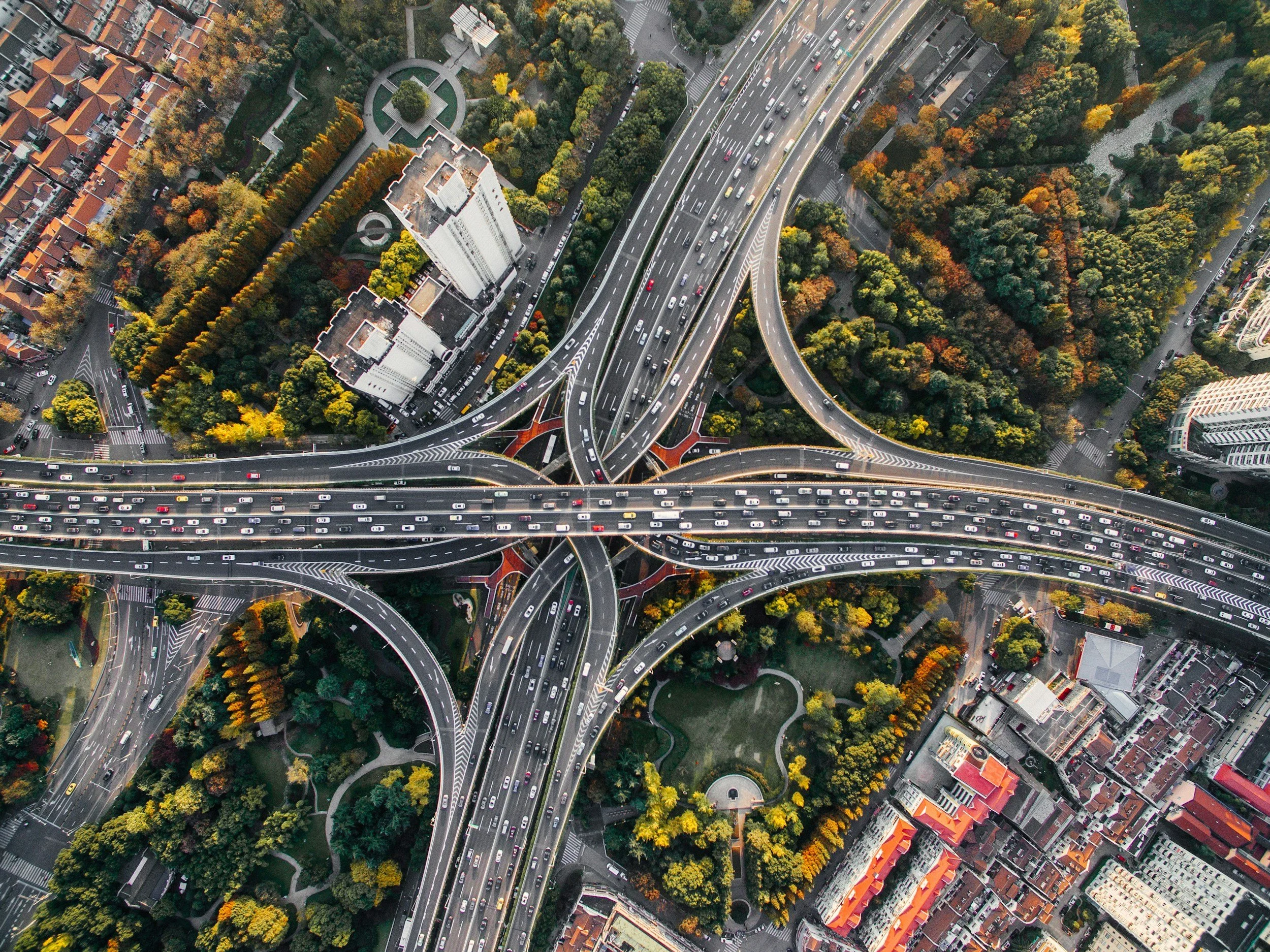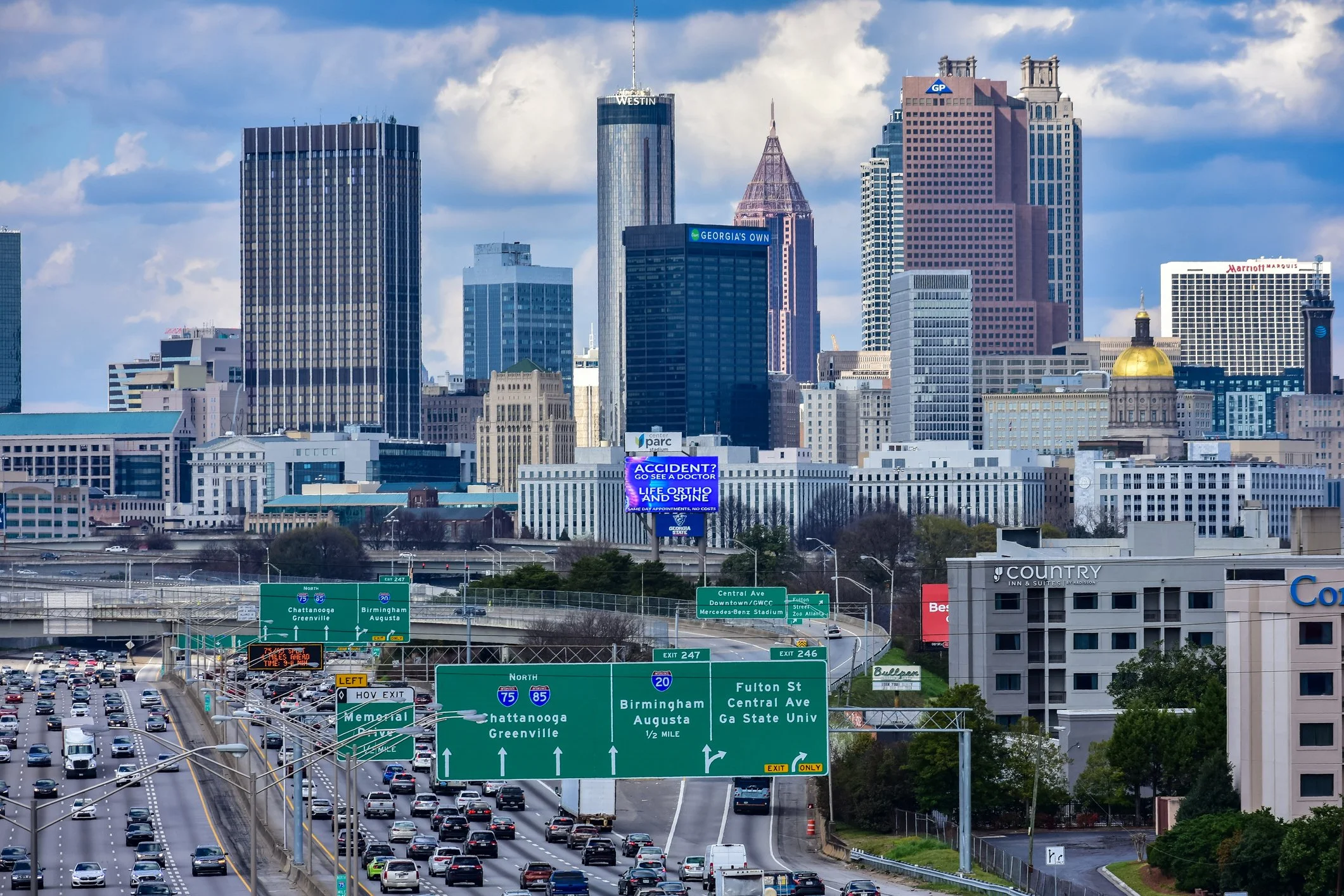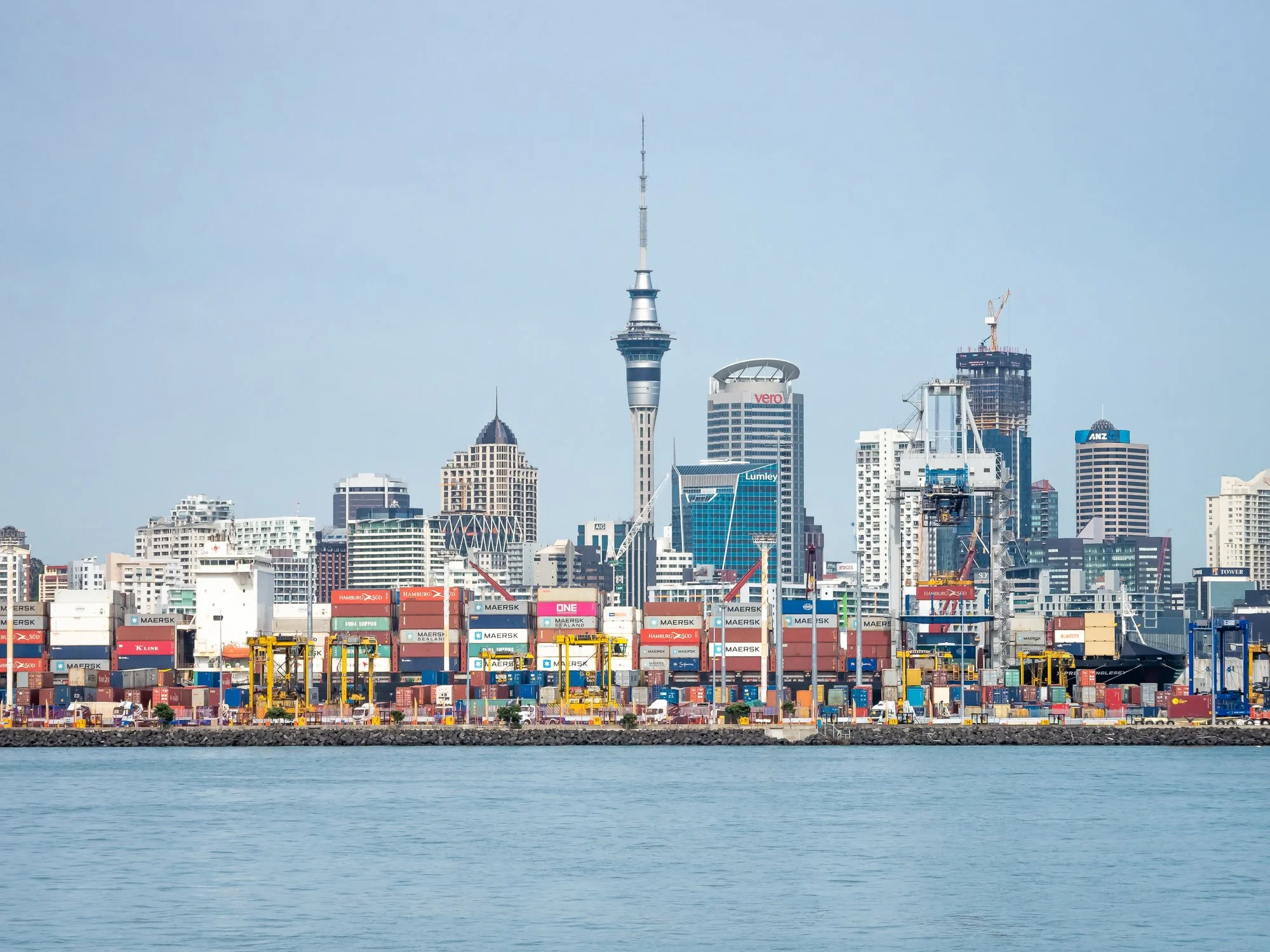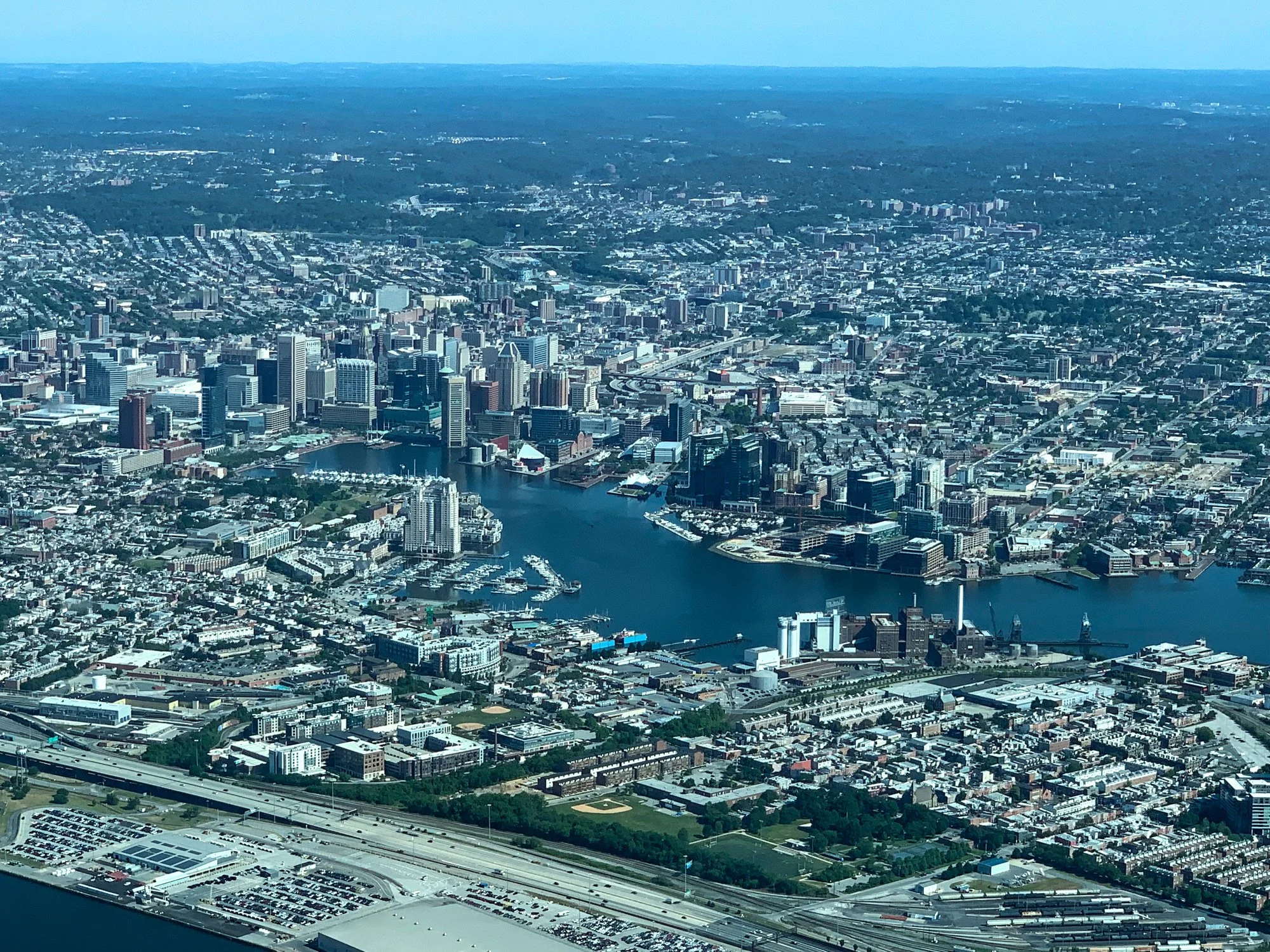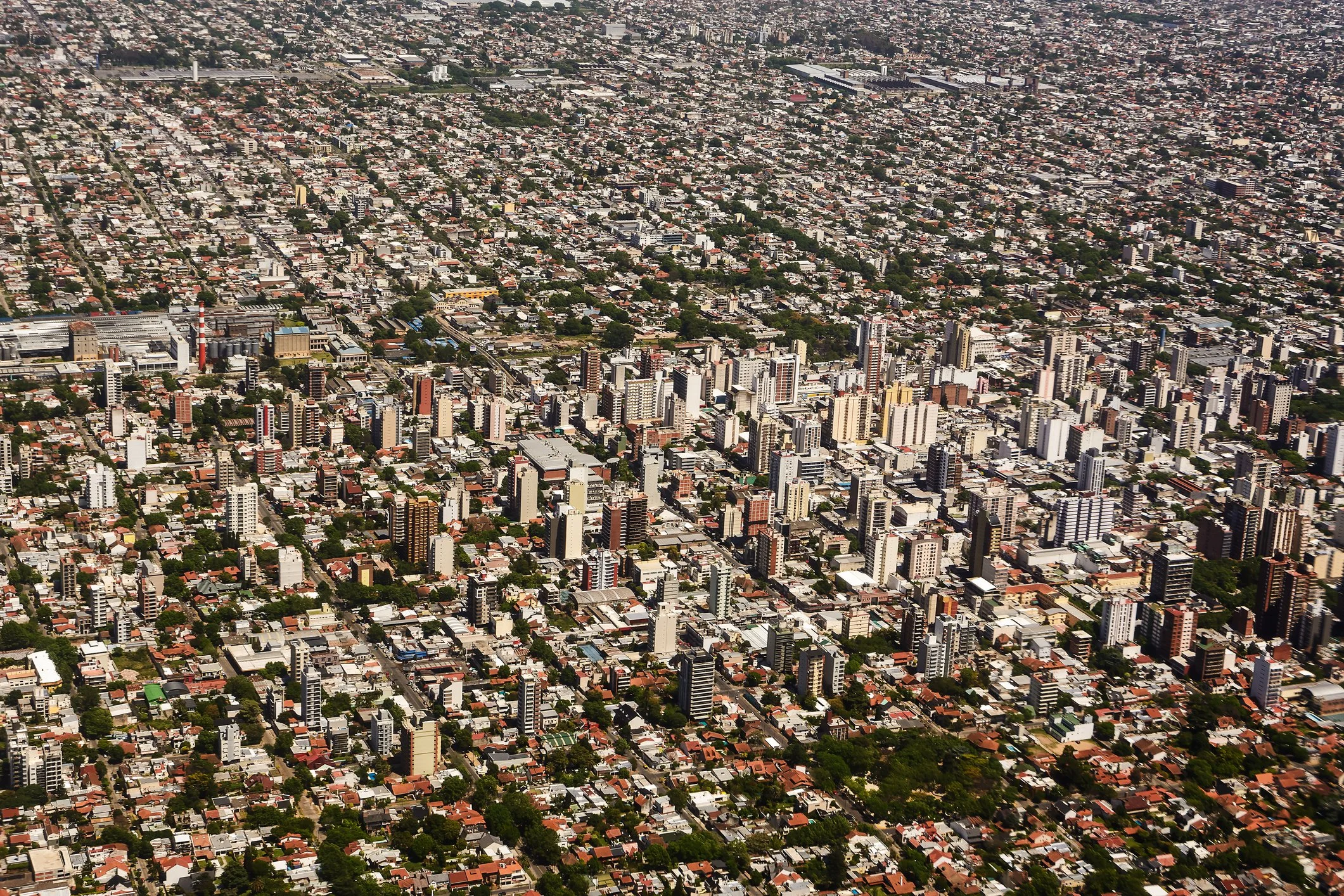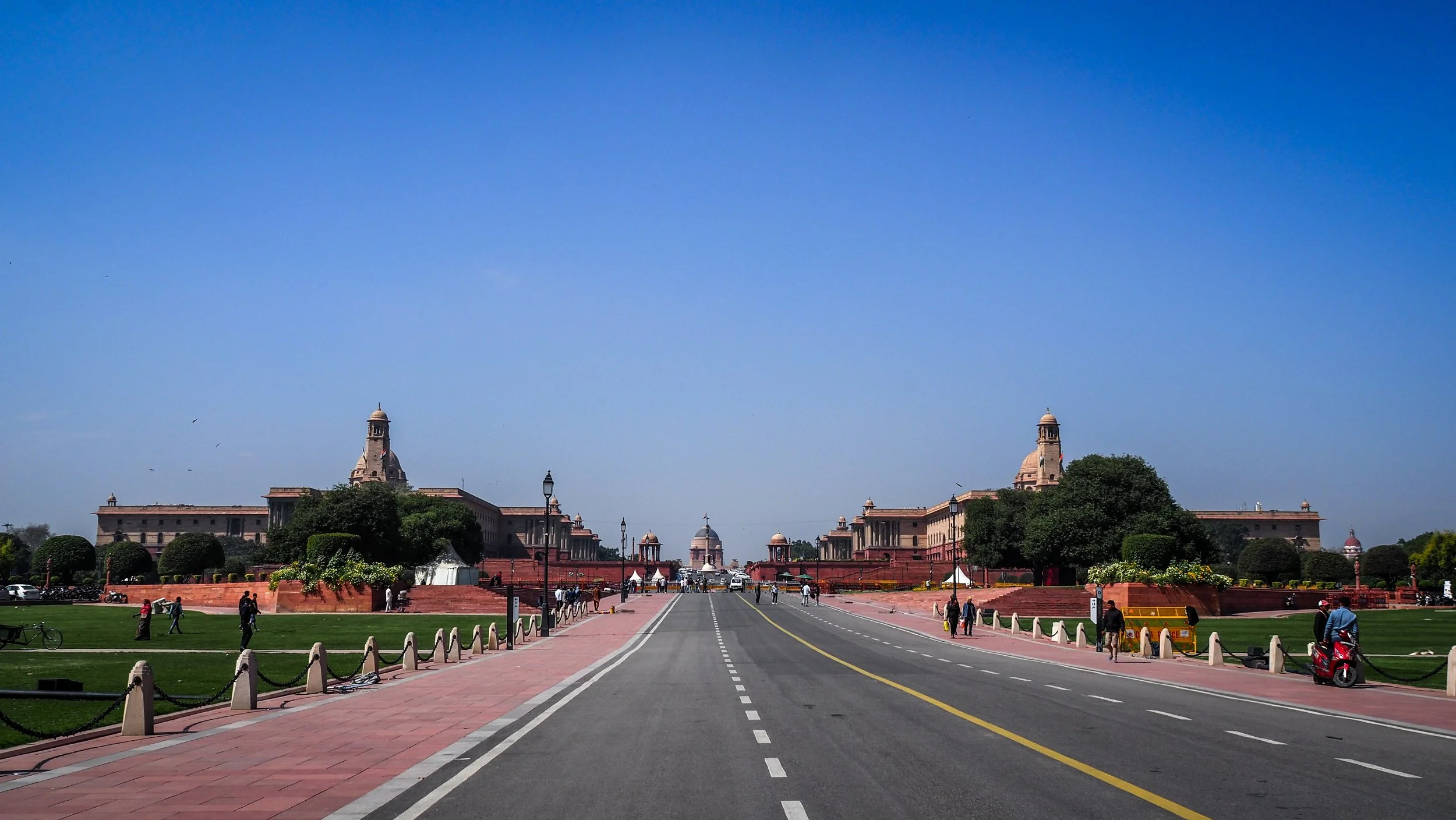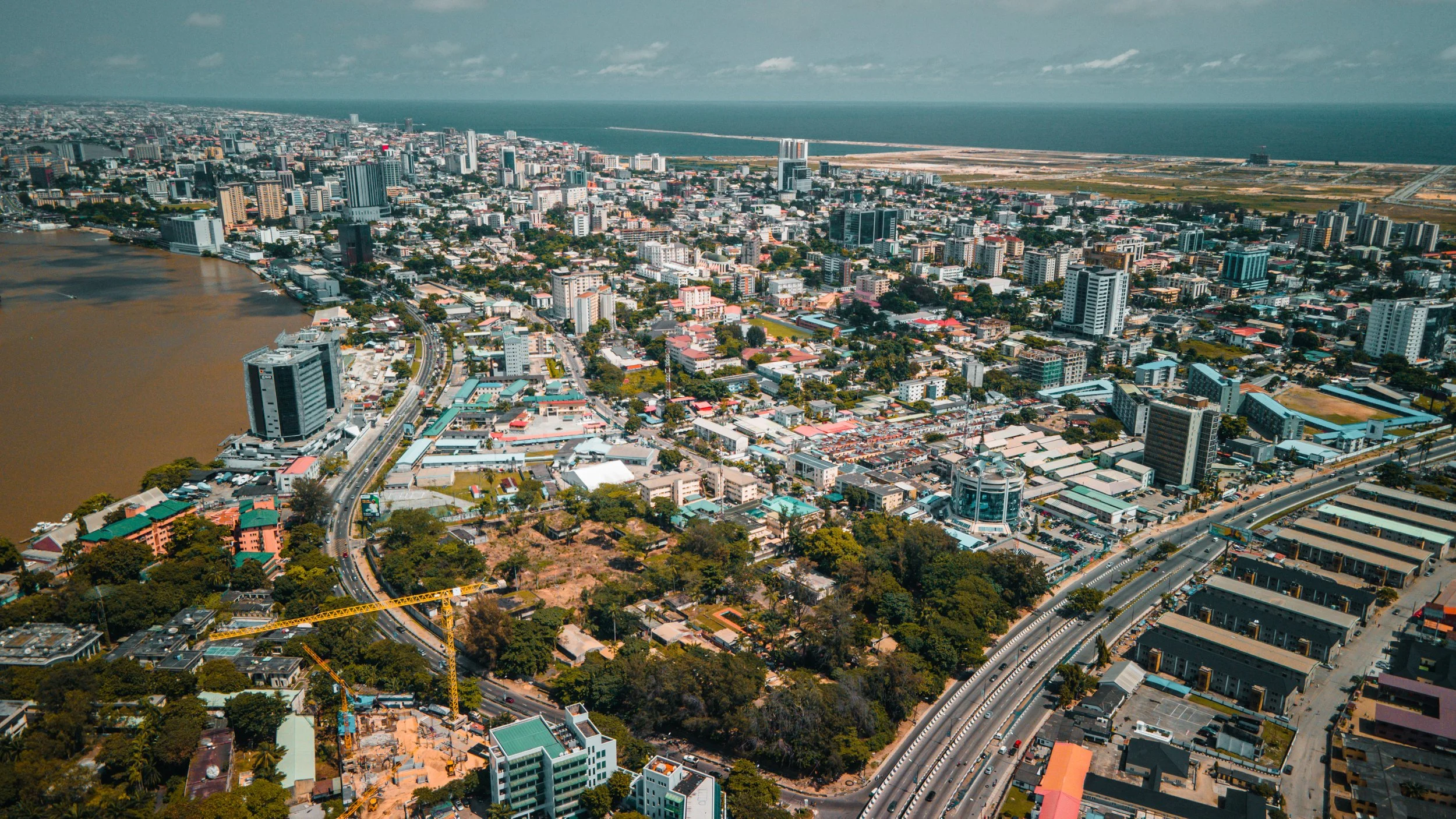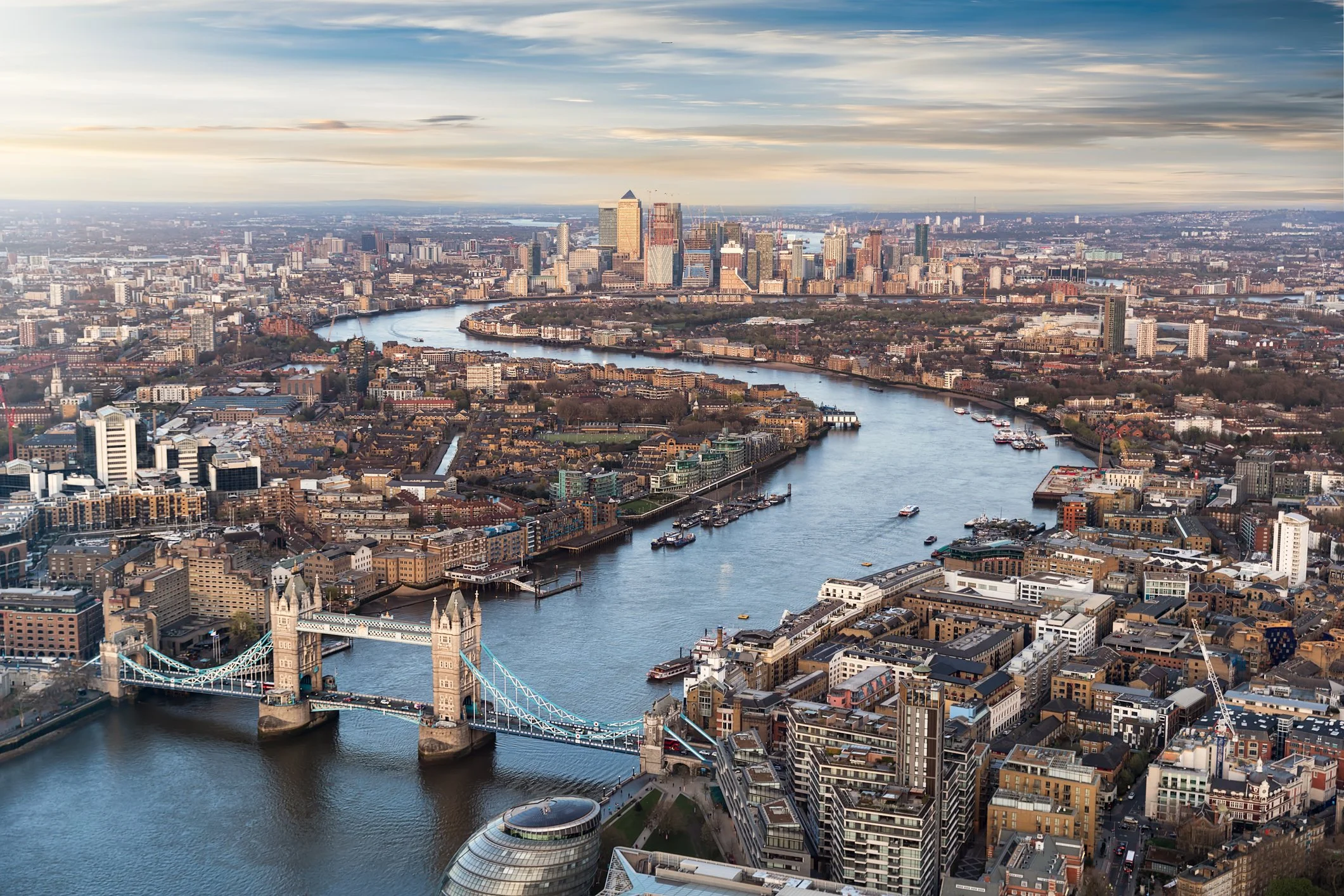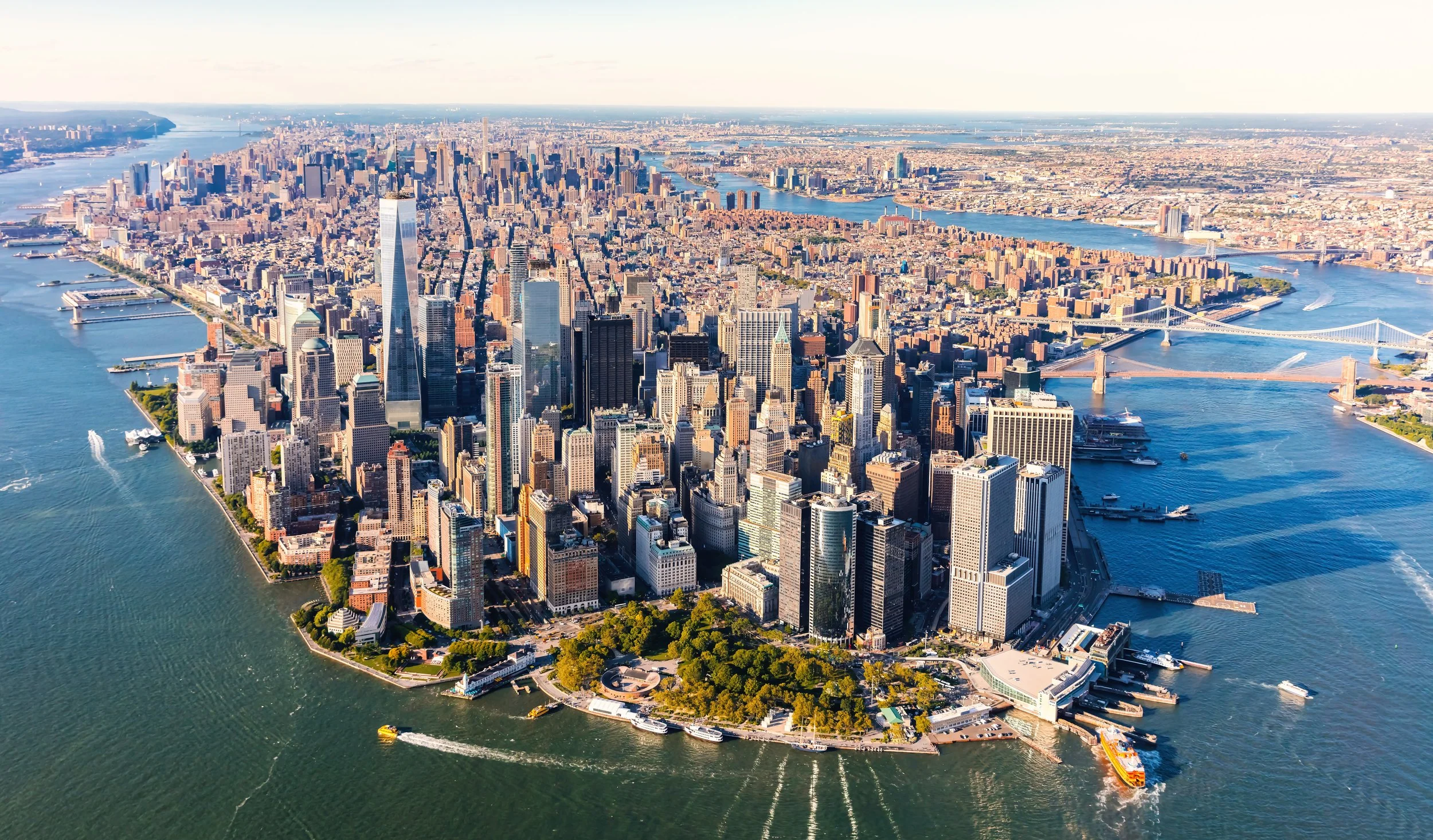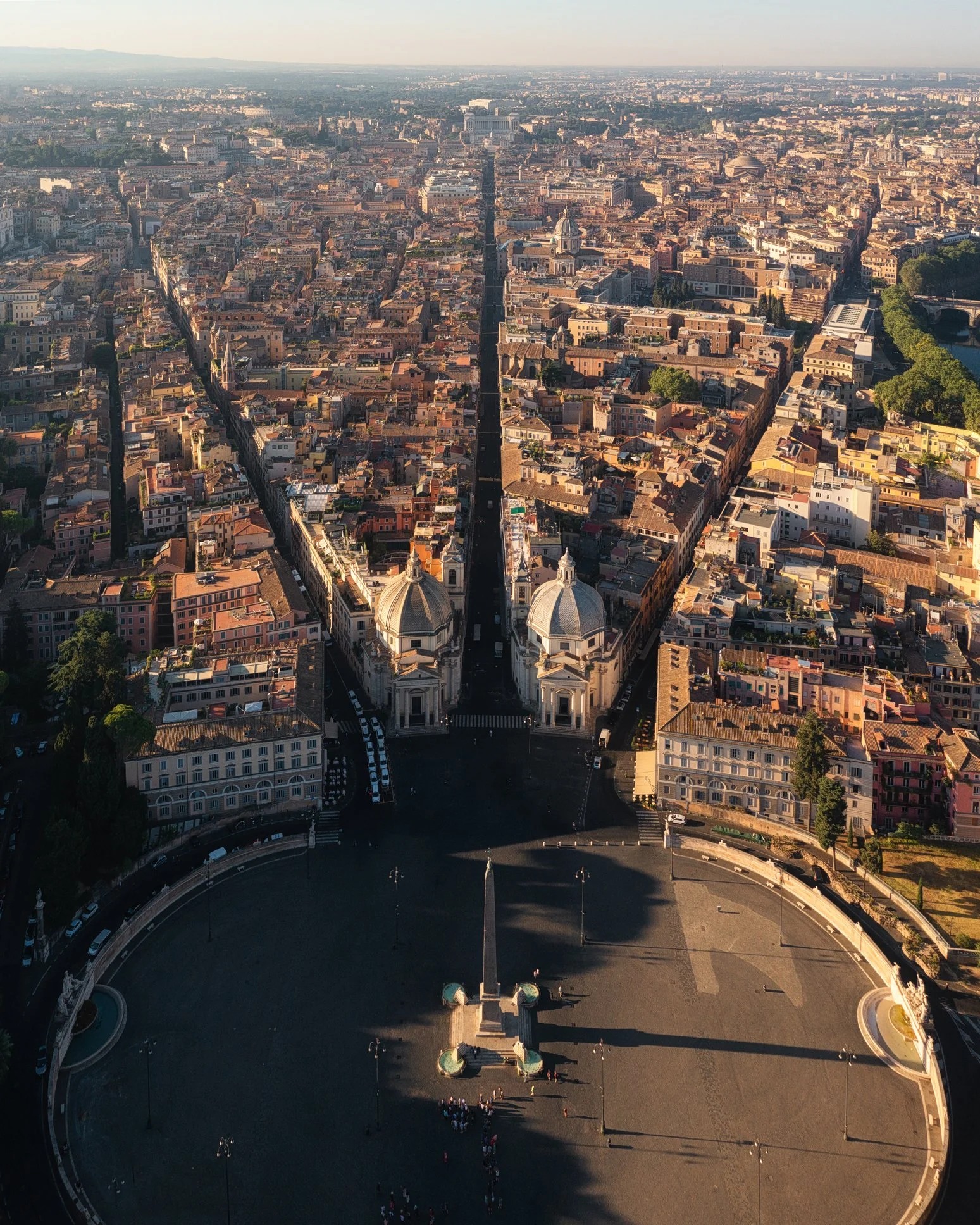Global Cities
All of the cities listed below are the collection of data from established, planned and emerging Global Cities having different typologies. Through observing the dynamics, morphology, evolution and shape of both their private built developments and facilities and public infrastructure and transport networks, this can lead to management of enhanced physical places and arteries.
A select number of Global Cities have been selected for illustration from different continents. These are each individually developing into not just ‘mega-cities’ but also into significant ‘megalopolitan agglomerations’, as follows:
North America
Los Angeles is a major west coast modern American city that has grown extensively along its extenuating highway networks laterally into an amorphous urbanised area with poly nodal-centres amidst some hilly areas.
New York City is an older, denser urbanised area comprising 5 Boroughs which straddle the junction of two rivers flowing into the eastern Atlantic seaboard. Due to its underlying geological rock strata, built form has been able to be developed vertically around a grid of streets and highway axes.
Chicago evolved as a trading port around Lake Michigan in the centre of North America on a radial basis as progressively water, rail and highway routes were developed to enhance trans-continental accessibility from the lakes to the prairies.
Atlanta is a major modern city in the ‘New South’ of America that industrialised initially around the junction of regional railroads. This expansion has continued with its focus at the modern, dynamic Hartsfield-Jackson International Airport.
Baltimore, located at the north of Chesapeake Bay, has developed from its urban neighbourhoods and inner harbour into a major commercial east coast American shipping and container port.
Washington, D.C. – the capital of the USA – has been developed as the Federal District of Columbia in a quadrilateral at the head of the Potomac River. With its geometrically planned rectilinear grid and radiating diagonal avenues, it is well laid out around four quadrants with its squares. It is now expanding extensively as a governmental centre into a large metropolitan area and growing around its peripheries.
South & Central America
São Paulo in Brazil has developed into the major region of Greater São Paulo on a plateau beyond the Serro do Mar inland from the port of Santos on the southern Atlantic seaboard. With extensive urbanisation pressures of both formal and informal housing, the city has grown into a megalopolitan agglomeration.
Buenos Aires which is located on the southwest of the Rio de la Plata is an Autonomous City that has been settled by waves of European immigration. With its port and Argentinian fertile pampas, it became a centre of trade as railroads were developed and increasingly urbanised.
Mexico City has developed on a central plateau around the site of Tenochtitlan and former Lake Texcoco. It has become a major urbanised area that contains the Federal District. Now the surrounding megalopolitan agglomeration of the capital Ciudad de Mexico (CDMX) has grown enormously to comprise the largest urbanised area in Central America. Whilst partially planned, there are enormous informal areas that are extending outwards on the periphery and hilly areas beyond.
Santiago, as capital of Chile, lies on the River Mapocho with the Andean mountains beyond. It has grown into a dynamic metropolis with modernised infrastructure and transport axes radiating outwards to accommodate growing Communes in surrounding areas of Greater Santiago.
Athens, renowned for its ancient monuments as the Parthenon astride the limestone Acropolis Hill, can still proudly display its former classical roots. However, its now enlarged metropolitanised area has subsumed its central origins south to the port of Piraeus and Glyfada, and north to Kifissia and beyond across the Attica Basin. After the modern 2004 Olympic Games, the focus remains on enhancement and enlargement of necessary urban transport infrastructure for its expanding population.
Barcelona, located on the Mediterranean coast is the autonomous capital of Catalonia, seat of the Government of Catalunya. The rising escarpment of Montjuic overlooks the harbour with the regenerated port area and the Eixample area to the east. A proud city with ancient Roman origins, Gothic and Modernista design movements, it is a vibrant modern popular Iberian destination close to the Pyrenees.
London is a historic city that developed around the estuary of the River Thames as a crossing point around which populations settled. Due to its marine outlook maritime trade developed with not only continental Europe but also beyond as its navy enabled protection of shipping to trade with distant countries. Upon this it developed its own markets, which with early industrialisation led to significant urbanisation with lineal and radial expansion.
Paris is an equally historic city that developed around the ‘Ile de la Cite’ in the River Seine in northern France. A more compact city that developed around its 20 Arrondissements, it has developed into the increasingly extended area of the urbanised Greater Paris Region with dense transport road and rail networks.
Rome is an ancient classical city that developed around the River Tiber built upon seven hills inland from the Tyrrhenian Sea and the port of Ostia. With its long cultural history and with the location of the Vatican City, it has been developed within its hillsides extending out radially in each direction.
Europe
Africa
Lagos developed around a lagoon in the Gulf of Guinea with distinct land areas separated by water. With its indigenous population and natural resources, as urbanisation has soared with increased informalisation new areas of land reclamation have also greatly increased its perimeter and with the adjoining facility of Port Lekki.
Nairobi is sited on an inland plateau in the Rift Valley in eastern Africa. With its elevation and semi-arid climate, linked by rail to the coastal zone, it is increasingly urbanising as rural in-migration continues to rise and with higher birth rates. It has a very large informal sector.
Cape Town is stunningly located with Table Mountain near the Cape of Good Hope in Southern Africa. With a natural harbour in Table Bay, the centre of the city was established on a grid. Now extending outwards there are many areas and dense townships that are poorly serviced with basic facilities.
Mid-East
Cairo is located on the River Nile south of the Nile Delta and Alexandria and to the west of the Suez Canal and Port Said. As capital of Egypt, an historic city, with increased modern urbanisation the Greater Cairo Area is now heavily populated. An area of New Cairo is being developed to the east of the old city.
Istanbul is located on the Bosphorus, at the meeting of the European and Asian continents. With its imposing location seen from the Galata Tower, the city is now connected by 3 bridges and 2 tunnels. As capital of Türkiye, increasing urbanisation has led to significant density of development of either side of the Bosphorus.
Asia
Delhi is the historic capital city of India. Besides New Delhi finalised during the 1930’s, the city has grown extensively all around the older religious sites which make it a compelling city. Now with new areas such as Noida and Ghaziabad, Gurugram and Faridabad, it is India’s largest city with its developing poly-nodal centres around the periphery.
Mumbai has developed from seven former islands and been transformed into the modern peninsula form in the Arabian Sea. It has developed into a major trading centre in the north west of India with correspondence with the emerging Gulf States. With increasing urbanisation it has a major informal settlement of Dharavi near its centre.
Beijing as the modern and one of the ancient capitals of China retains the Forbidden City on its Central Axia. From its earliest beginnings it has grown enormously to comprise its six ring roads and underground urban metros that circumscribe the city and its outer areas. With its continuing urbanisation this has resulted in its megalopolitan agglomeration of today.
Moscow, as capital of the reformulated Russian Federation since 1991, with dissolution of the USSR, retains its dominance as the largest city of Russia. Of historic significance, on the Moskva River, its gold dome monuments remain – although rather overshadowed by Stalinist structures, such as the Seven Sisters, and modernist areas as the Moscow International Business Centre. From its early medieval walls and Kremlin Citadel, the concentric nature of the city is continuing to extend outwards with its radial axes, ring roads (MKAD) and circular METPO lines.
Shanghai has evolved from its former discrete international concessions to the integrated urbanised area of Shanghai and Pudong on either side of the River Huangpu. Whilst an enormous financial and industrial power centre, it is continuing to expand alongside the estuary of the Yangtze River with its port and airport, and with corresponding growth in population.
Tokyo as modern capital of Japan has evolved enormously from its creation as Edo into the modern Tokyo-Yokohama region. Here as a highly industrialised region, aided by new land reclamations in Tokyo Bay has evolved into a major megalopolitan agglomeration being pursued in a similar manner by Osaka-Kobe.
Oceania
Auckland has unusual geographical characteristics on an isthmus with its twin harbours on opposite sides of New Zealand North Island, Manukau to the south west and Hauraki Gulf (Waitemata) to the north east. With its islands and marine outlook, it supports maritime activities with a relatively small population.
Sydney benefits from having one of the world’s largest natural harbours with Millers Point and Circular Quay to the south, and Milsons Point and North Sydney opposite leading to Mosman. With its multiple coves and inlets, road and rail arteries have had to straddle many crossings. Despite that the centre retains its predominance with several nodal centres being developed around the periphery.
Appendix:
Full list of Global Cities
More Global Cities coming soon…

